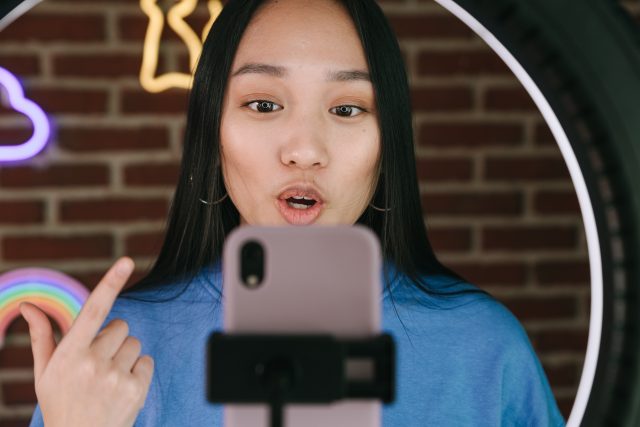The world of television is changing rapidly and so too is the way we view it. In the past, we used to watch a handful of stations on a TV set. Go far back enough, and that TV set was a considerably chunky thing that took up a big part of your room. The programmes were set in stone and if you missed something then that was that—you’d missed it. Even the most sophisticated channels went off the air at some point.
Now, though, television is accessible everywhere. Yes, there is still television—albeit a slim-downed version of it that we can hang on our walls like a picture. But now we can also view it on our mobile phones, our tablets, our laptops, and our PCs. Furthermore, we can pick what we watch, when we watch it, from a range of advanced TV options. These include streaming services, pay-on-demand, subscription services, and catch-up options. In fact, according to a poll by YouGov, one in two people in the UK have multiple paid streaming services to which they subscribe. Despite the fact that this poll was taken during the pandemic, when many people were looking for new ways to entertain themselves, there is evidence that the trend will continue.
In this ever-changing world, one thing does seem here to stay: ad-supported TV streaming. Especially as finances grow tighter during a cost-of-living crisis and people try to find ways to cut their bills down.
What is Ad-Supported TV Streaming?
When people think of a streaming service, they mostly think of something like Netflix; an ad-free service that requires you to pay a subscription fee per month in order to access its content. However, this isn’t always the case. Netflix may well be the giant of the industry but there are actually plenty of ad-supported streaming services available as well.
Ad-supported streaming is any streaming video service that includes adverts on its platform. Ad-supported streaming services tend to either be free (for example, Tubi) or come at a basic rate. Some paid subscription services, such as Hulu, will even offer an ad-supported version of their services as part of their basic plan. The streaming service can ask less for a subscription because it’s making up some of its revenue via advertising. Meanwhile, viewers are happy to watch through a few adverts in order to get something for free or at a discount. Advertisers know that a cheaper service will garner a lot of interest and that they are likely going to be able to target their adverts, so their investment will pay off. As such, it tends to be a system that works for everyone.
People can access these kinds of services in a variety of ways. Sometimes they subscribe directly through the internet (Over-the-Top media), while other times they will connect their TV to the internet (Connected TV) or use a Smart TV.
What Does the Future Hold for Ad-Supported Streaming?
During the pandemic, as people were forced to stay home more, they looked for new ways to entertain themselves. During this time, most streaming services saw an increase in subscribers and this included ad-supported varieties. A heightened interest in ad-supported services has naturally attracted more companies to the idea of offering this kind of service, and many new kids on the block are starting to appear. Furthermore, some ad-supported services are being bought out by bigger companies, raising their profiles. All of this can complicate the buying space but provides an exciting and interesting environment for would-be advertisers.













